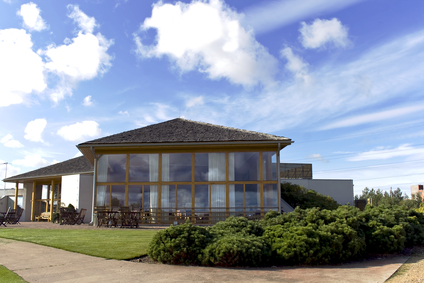Whether you’re buying a custom home or a production home from a home builder, your budget is probably going to be the driving force behind the upgrade and design choices you make. It’s important to consider those choices carefully as they could have a direct impact on the resale value of your home.
Long Term vs. Short Term
All too often, purchasers make the mistake of thinking short term – choosing only those amenities that they want today. They overlook the changing needs of their family and the general appeal of those design features or upgrades.
Today’s options are extensive and undoubtedly need to serve your immediate purpose. However, your choices have investment potential and must translate well for the next purchaser of your home – a year from now, or 10 years from now.
Choose Universal, In-Demand Features
At some point, you’re going to be selling the home that you’re buying today. So make sure that you choose in-demand features that will stand the test of time and not be off-putting to the next buyer. While it’s true that people usually buy a home with the intent of living in it for a number of years, circumstances such as job relocation, economics or a growing family may eventually bring about a move. The importance of foresight cannot be underestimated when buying a home.
Current low mortgage rates make it feasible to include upgrades, add-ons and rough-ins at the time of construction – worthwhile considerations that could increase the value when it’s time to sell.
Here are a few tips to consider when building your new home that should increase its resale value:
1. Create a grand sense of entry, allowing a sense of space to dominate.
2. Consider interesting pickets for the staircase – wrought iron is in demand and available in many builders’ decor centers.
3. Delineate the kitchen and family room with furniture not walls – an open concept will accommodate easy traffic flow between these spaces.
4. Opt for neutral colors for carpet, hardwood or ceramic flooring, cabinetry and counters.
5. Ensure waterproofing of the basement if finishing the basement at the time of construction.
6. Choose a plan with a walkout, if possible – “daylight basements” offer good resale advantages.
7. Bring in a gas pipeline for outdoor barbecues and indoor grilling.
New home builders often suggest that purchasers put their money in the rooms that are most often used. A home’s value should be measured on two levels: the long-term enjoyment factor and its resale potential.
Avoid disruptions to your living space where possible — for example, it’s easier to put in a skylight or a shower stall at the time of construction rather than when the house is finished.
Plan proactively — ensure phone and cable outlets will accommodate your family’s growth and consider future needs such as a basement washroom or electrical wiring to serve audio/visual needs.
Determine where your money should be spent by assessing how a specific space is used — an oval tub with water jets might be a “nice to have” item, but it may be less necessary than two sinks in the bathroom, a stand up shower which is used more often than the tub, or larger closet space in the bedroom.
Attached Images:
- License: Royalty Free or iStock source: http://depositphotos.com/
This post is brought to you by Samantha Reyes, a recent home owner in Hamilton. Building a dream home can be complicated, for her home purchase, she looked to DiCenzo Homes 205 Quigley Road #2 Hamilton, ON L8K 5M8 (905) 561-3767 – offering new homes in Hamilton and the surrounding areas.

